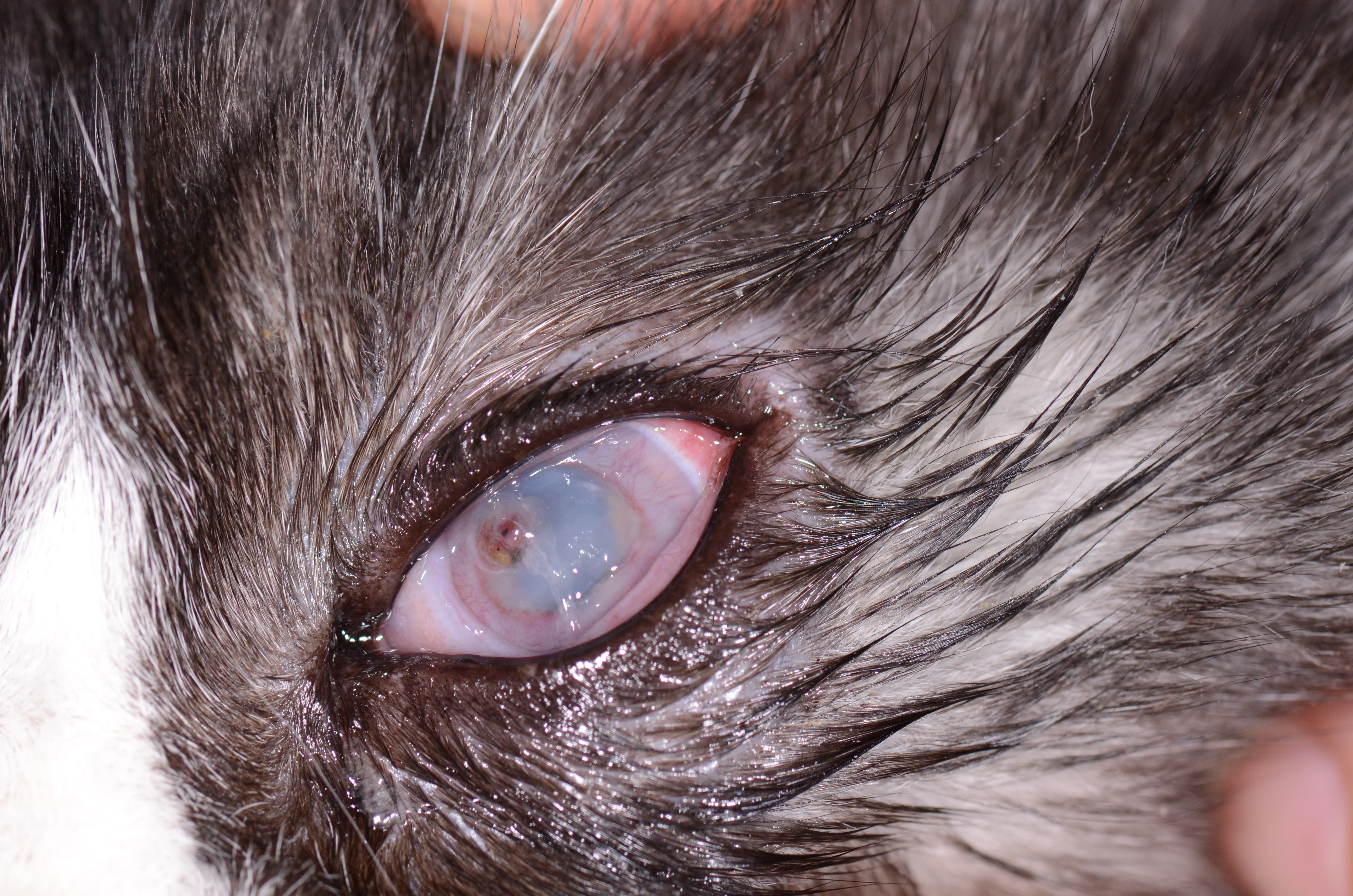
Ophthalmic medications are commonly administered as solutions, suspensions, ointments, or ocular inserts, with solutions being most common. Solutions and suspensions (ie, eye drops) are sterile, liquid preparations with subtle differences. In solutions, the drug is completely dissolved in the vehicle, making it readily bioavailable. Solutions are typically transparent and readily absorbed, providing a short duration of action. Suspensions contain drugs that exist as undissolved solid particles dispersed within the vehicle and are therefore typically cloudy or opaque and require shaking prior to application. Because of their larger particle size, drugs in suspensions dissolve slowly, providing a longer duration of action compared with solutions.
Eye drops contain an average volume of 50 µL per drop, and the ocular surface can hold ≈30 µL; therefore, 1 drop of a single medication should be sufficient. Excess eye drops spill over or drain via the nasolacrimal apparatus, with 95% of the total drug drained within 15 to 30 seconds of administration, making application of multiple drops during 1 administration inefficient. Likewise, when increased tearing is present due to ocular pain or irritation, increasing the administration frequency or medication concentration may be required.1 Because ocular drugs are drained from the eye via the nasolacrimal duct and into the mouth, oral systemic absorption is greater in drops due to their decreased viscosity as compared with ointments; this can result in increased blood concentrations, which may be significant in drugs that can cause or exacerbate systemic diseases.2 When >1 solution is required to treat an ocular condition, different drops should be given 5 to 10 minutes apart for adequate ocular absorption between administrations.3
Ointments achieve higher ocular tissue concentrations than solutions and suspensions because less of the drug enters the nasolacrimal apparatus, allowing longer contact between the drug and surface tissues, reduced frequency of administration, and decreased systemic absorption.3 Quantifying ointment administration can be challenging; however, a ribbon measuring 0.25 to 0.5 inches (0.6-1.3 cm) is typically sufficient to achieve appropriate therapeutic levels.4 The physiologic turnover rate for drugs administered in ointment form can be as low as 0.5%/minute.5 Ointment leaves residue around the eyes, particularly in dogs with long hair/fur, which can lead to periocular dermatitis.
In cases in which both drops and ointments should be used, experimental data suggests drops be given 5 to 10 minutes before or 2 hours after ointment application to obtain the highest drug concentration.6 Ophthalmic medications should be administered from least viscous to most viscous: solutions, followed by suspensions, then ointments. Drops and ointments both have indications, contraindications, advantages, and disadvantages; final selection should be based on clinician preference or ease of administration for the pet owner. For example, if a patient is resistant to ointment administration and the owner feels that drops would be easier to administer, prescribing drops would improve compliance and treatment outcomes.